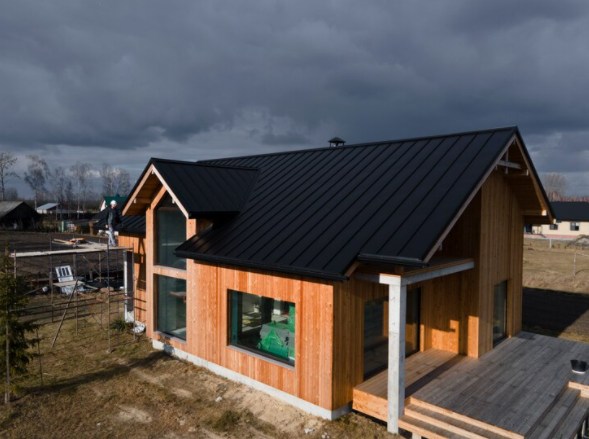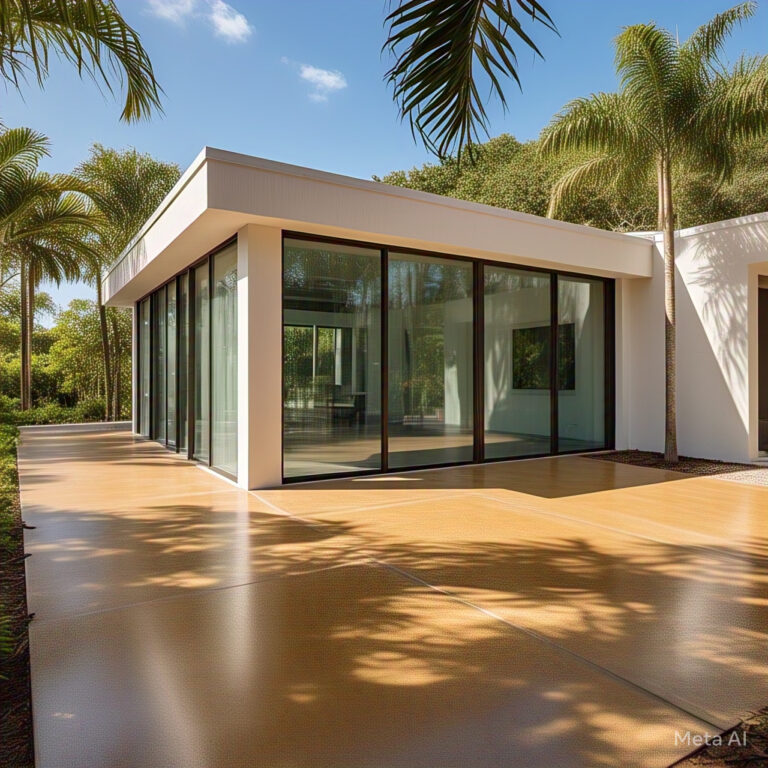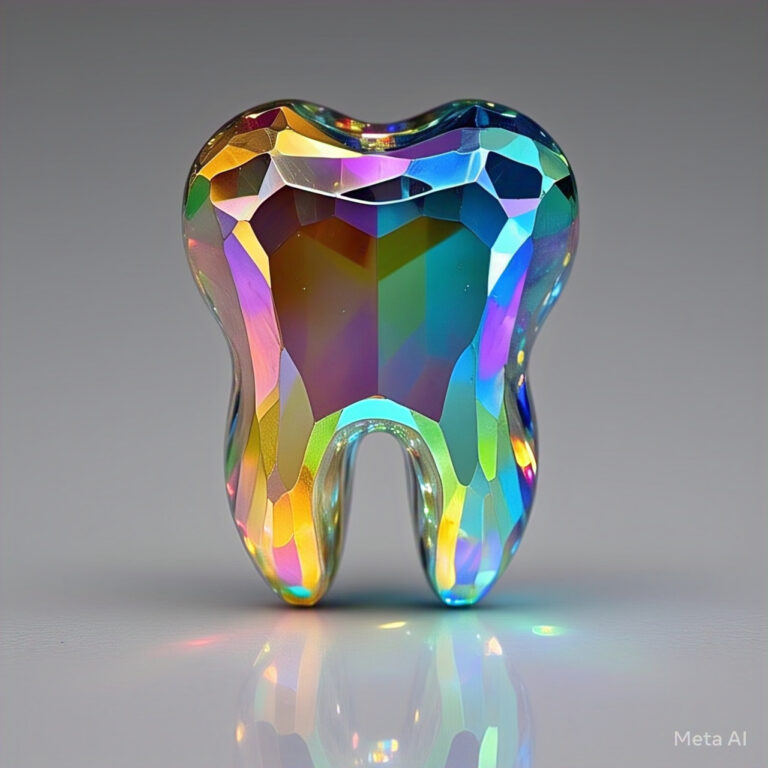In the realm of architecture, the roof is not merely a functional component but a defining feature that contributes significantly to a home’s character and aesthetic appeal. From classic gables to unconventional designs, houses with different roof types showcase the diversity and creativity within the world of residential construction. Join us as we delve into the distinctive charm of various roof styles and their impact on the overall look and feel of a home.
Classic Gable Roofs
The gable roof, a staple of traditional architecture, is characterized by its triangular shape and steep slopes. This timeless design not only efficiently sheds water and snow but also provides ample attic space. Gable roofs come in various variations, such as front-gable, side-gable, and cross-gable, each influencing the home’s exterior differently. The classic gable roof exudes a sense of familiarity and is a popular choice for homeowners seeking a traditional and timeless aesthetic.
Modern Flat Roofs
Contrasting the steep slopes of gable roofs, modern architecture often embraces flat roof designs. Sleek, minimalist, and geometrically inclined, flat roofs create a contemporary and streamlined appearance. While commonly associated with modern or mid-century homes, flat roofs have also found their way into diverse architectural styles. These roofs often serve as functional spaces, providing homeowners with the opportunity to create rooftop gardens or outdoor living areas.
Mansard Roofs
Originating from 17th-century France, the mansard roof is a distinctive design characterized by its double-pitched slopes on all four sides. The lower slope is steeper, often nearly vertical, while the upper slope is more gradual. This style allows for additional living space within the attic, making it a practical and aesthetically pleasing choice. Mansard roofs are frequently associated with Victorian and Second Empire architecture, adding a touch of historic elegance to homes.
Butterfly Roofs
For those who appreciate avant-garde architecture, the butterfly roof is a captivating choice. This roof type features two upward-sloping wings that meet at a valley in the middle, resembling the wings of a butterfly in flight. The design allows for unique interior spaces with expansive windows, inviting ample natural light into the home. Butterfly roofs are often chosen by homeowners seeking a bold and modern architectural statement.
Gambrel Roofs
Similar to the mansard roof, the gambrel roof boasts two slopes on each side, but both are convex rather than concave. This design is reminiscent of a barn roof and provides a balance between functionality and aesthetics. Gambrel roofs offer increased headroom in the attic, making them a practical choice for homeowners looking to maximize living space. The gambrel roof’s versatility allows it to seamlessly blend into various architectural styles, from colonial to Dutch colonial homes.
House with Brown Roof
Imagine a charming suburban neighborhood where houses display an array of roof types. In this picturesque setting, a standout is the blue house with brown roof. The combination of a vibrant blue exterior and a warm brown roof creates a harmonious and visually striking contrast. This color pairing not only enhances the curb appeal but also reflects a thoughtful approach to exterior design, showcasing how the right color choices can elevate a home’s overall aesthetic.
Conclusion
Houses with different roof types contribute to the rich tapestry of architectural diversity, allowing homeowners to express their individuality and preferences. Whether it’s the classic appeal of gable roofs, the modern lines of flat roofs, or the historical charm of mansard and gambrel roofs, each style brings its own unique character to residential landscapes. As we continue to appreciate the myriad roof designs, it becomes evident that the roof is not just a shelter overhead but a defining element that adds personality and style to the homes we cherish.







